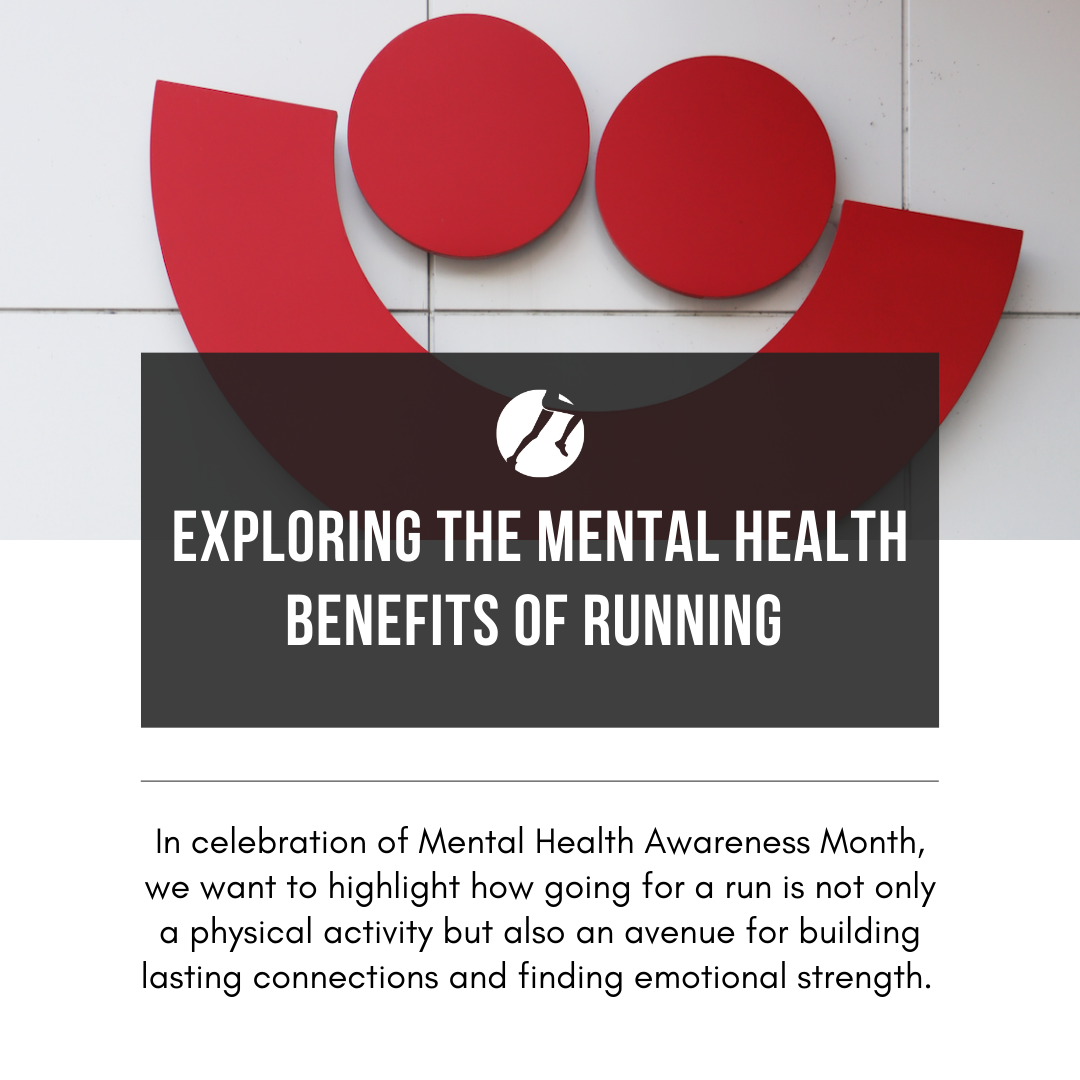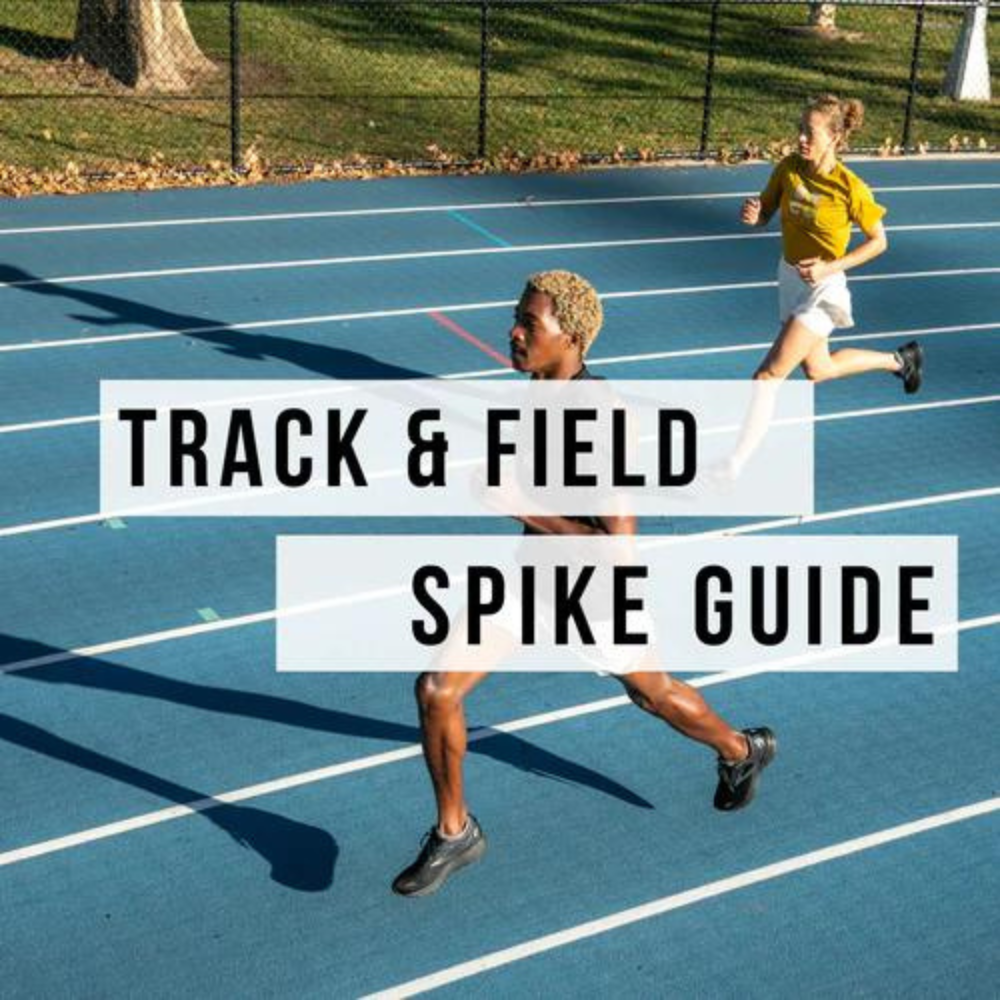The Best Cross Country Spikes of 2023
When the gun’s about to go off, kick off your trainers and lace up one of these speedy cross country spikes to light up the course and secure that podium finish or personal best. Like watching videos instead? Tune into our IG reel HERE!
Why use spikes over trainers?
Cross Country running spikes are ultimately designed to help you run faster on uneven terrain by providing extra grip to your forefoot while improving stride and turnover. Cross country spikes are lighter than regular road running or trail running shoes, helping you pick up speed with less effort and more energy return.
The best cross country spikes do two things really well:
1. Feel lightweight and quick on your feet for the distance and course.
2. Are secure and grippy enough to handle top speeds as you twist and turn through the woods on slippery grounds.
Today's best cross country spikes offer speed boosting technology like rigid or carbon fiber plates, lightweight energy boosting cushioning and advanced lacing systems, so you can focus on performing.
Things to consider when choosing your XC spikes…
The quantity of spikes in the shoe’s spike plate, length of spike and overall fit are the most important factors to consider when purchasing a pair of competition spikes. We’ll break down more of what this means below and common questions we get asked by our XC athletes.
How many spikes (pin holes) will I need?
Usually the longer the distance, the fewer spikes (pins) in the spike plate are needed. Cross country spikes typically have four to six spikes, while sprinting and mid-distance spikes can range from six to eight spikes, which gives you the extra traction needed to push top speeds.
What length of spike (pin) will I need?
When it comes to the spikes or pins that are screwed into the plate of the shoe an important consideration to keep in mind will be what length of pin to use. ⅜” pins are standard for cross country. However, muddy conditions call for a longer pin, such as a ½” or ⅝” pin. For a course with lots of pavement or very firm dirt, you may want to run without the pins in your spikes and only use a spike that has an all rubber bottom. *Always make sure to check in with meet rules before changing out your pins in your spikes as some have regulations for the length of pin that is legal.
How should my spikes fit?
In comparison to your trainers, they will most likely feel different and may take a bit of getting used to. You want your spikes to have a secure and snug fit to give you better control during toe-off. Many athletes prefer a tighter fit from their spikes, sometimes moving down as much as a full size from their training shoes. Other runners find smaller sizes too snug. Best bet is to always try on several models and go off what feels most natural on your foot.
Other things to consider!
What types of courses will you be racing on? What is your budget? What is your experience level? The answers to these questions will help you make an informed buying decision and make your race day experience the best possible. The price of cross country shoes varies depending upon the type of spike, and its features such as the material of plates used, its foams and upper materials used. Spikes will range between $65 to $160. While the more expensive spikes are going to have higher quality materials and better performance, it doesn't mean that the most expensive spike is right for you! The first ever running spikes used by some of the fastest and greatest runners in the world were made out of leather, cowhide at first, were around $6 and significantly heavier than even the heaviest trainer in todays standards. Your grit, determination and practice put in everyday is what makes a great athlete and race, the shoe is second.
Let’s compare the best XC spikes that are sure to help you crush this 2023 season!
The Saucony Kilkenny XC9 is lightweight, comfortable, and affordable, overall a great option for any cross country running, especially a freshman or new athlete. With its well-made design, comfortable cushioning, and versatility, this entry-level cross country shoe has a value that is hard to beat.

Another great option for a first timer, the Nike Zoom Rival XC is one of the best. With a protective midsole, structured upper, and grippy traction, this spike helps runners gain the confidence they need when toeing the line for the first time. Ultimately, with a great price and well loved fit, the Nike Rival XC spikes are fantastic, versatile options for runners of any level.

XC Seven V4 cross country spike brings a level of premium performance and was designed specifically for the emerging cross country runner. These running shoes feature a REVlite midsole cushioning that delivers lightweight underfoot comfort, and a 6-pin spike plate for traction and speed. Focus on the race ahead, not on your feet!

The Havok XC3 delivers everything needed to create chaos and separate yourself from the competition in the best way possible. A tight breathable mono mesh upper and aggressive full length rubber outsole provide the confidence needed to tear up the grass, dirt or anything else thrown at you.

The Nike ZoomX Dragonfly XC has all the tools needed to lead the pack and tackle tough cross-country courses at an elite level. The ZoomX Dragonfly XC's responsive full-length layer of foam, trustworthy traction, and lightweight design make this spike one of the most competitive options for runners looking to secure state titles, make it to nationals or blast personal records. This spike includes Nike’s famous ZoomX cushioning, a Pebax plate, and a Vaporweave upper finished off with a six-spike design for exceptional grip in muddy conditions.

Another super spike you may want to consider is the New Balance FuelCell SuperComp XC-X. This top-level performer offers FuelCell foam cushioning and a carbon-fiber plate that propels you through any cross country course and puts you ahead of the competition. Featuring six removable spike pins in the forefoot, a mesh upper with no-sew overlays for that perfect race fit that will allow you to focus on charging the hills on a variety of terrains.

The HOKA Crescendo XC Spike has the fit and feel of its other boisterous competitors offering a comfortable and nimble package. This spike is a great choice for that runner looking for a smooth, cushioned ride thanks to its soft EVA cushioning in the midsole and Durabrasion rubber on the outsole. Its breathable single-layer mesh upper and anatomical tongue design helps give it a glove-like fit perfect for any athlete.

Tips on Caring for your XC Spikes
Once you find the right cross country shoe, you’ll want to keep a few of these tips in mind to avoid pre race issues and improve the longevity and performance of your cross country spikes.
Remove spikes between meets! Trust us, getting a pin stuck and even worst having it break off leaving you left with a nub and pre race anxiety is no fun. Removing the spikes from your cross country shoes will prevent rust from building up and extend the life of your spikes and shoes overall. Grab an old toothbrush to gently clean off mud around the pins and bottom of the plate.
Dry your shoes after a race
Mud, sweat, tears, you’ve put your shoes through the wringer on race day. Try to clean off any mud or dirt that has accumulated in order to prevent the upper from losing its form and the outsole from losing traction. A little warm water and again your old toothbrush will do the job. Pack in some paper towels to the insides of the shoes, this will help absorb any left over moisture allowing the shoe to air dry. No one wants to be the reason someone asks “what’s that smell?” on the bus ride over to the meet. Air drying and light cleaning will help you not be “that person” on the team. *Do not put your spikes or flats in the washing machine and definitely DO NOT put them in the dryer.
Always carry spare pins!
If you're heading out for an event, make sure you check your pins frequently as they can wear down as quickly as in 3 months, especially if they are worn on concrete or other hard surfaces. Make sure you only wear your spikes at a cross-country event on a soft surface.
Socks vs. Sockless?
Going sock-free is up to you, we know many XC athletes opt for no socks. Maybe a right of passage as a XC runner? However this can increase your chance of blisters so look for a thin running technical sock if you do choose a sock.
Getting used to your spikes!
Always break in a pair of running spikes before competing in them to reduce your risk of injury. Running spikes have a negative heel drop so extra stress is placed on your forefoot increasing your risk of plantar fasciitis, Achilles tendonitis, and shin splints. Break them in with a few strides after practice in the grass a few weeks out or pop them on for that mile time trial on the trails before an official meet.




Comments